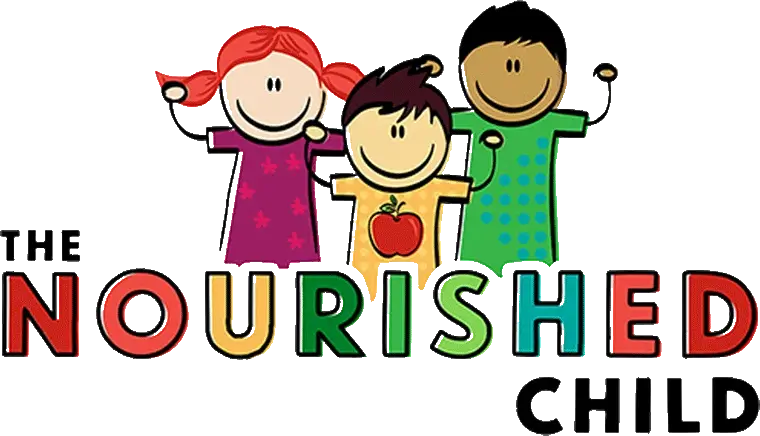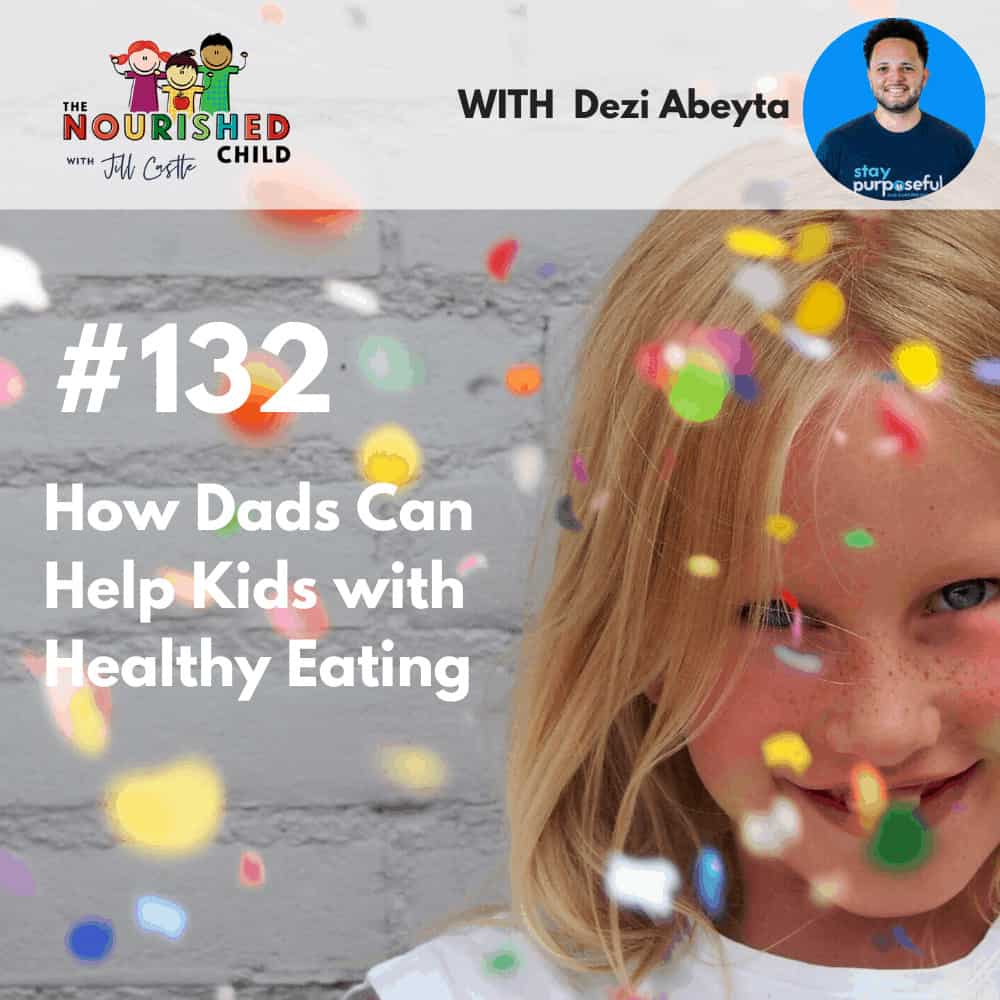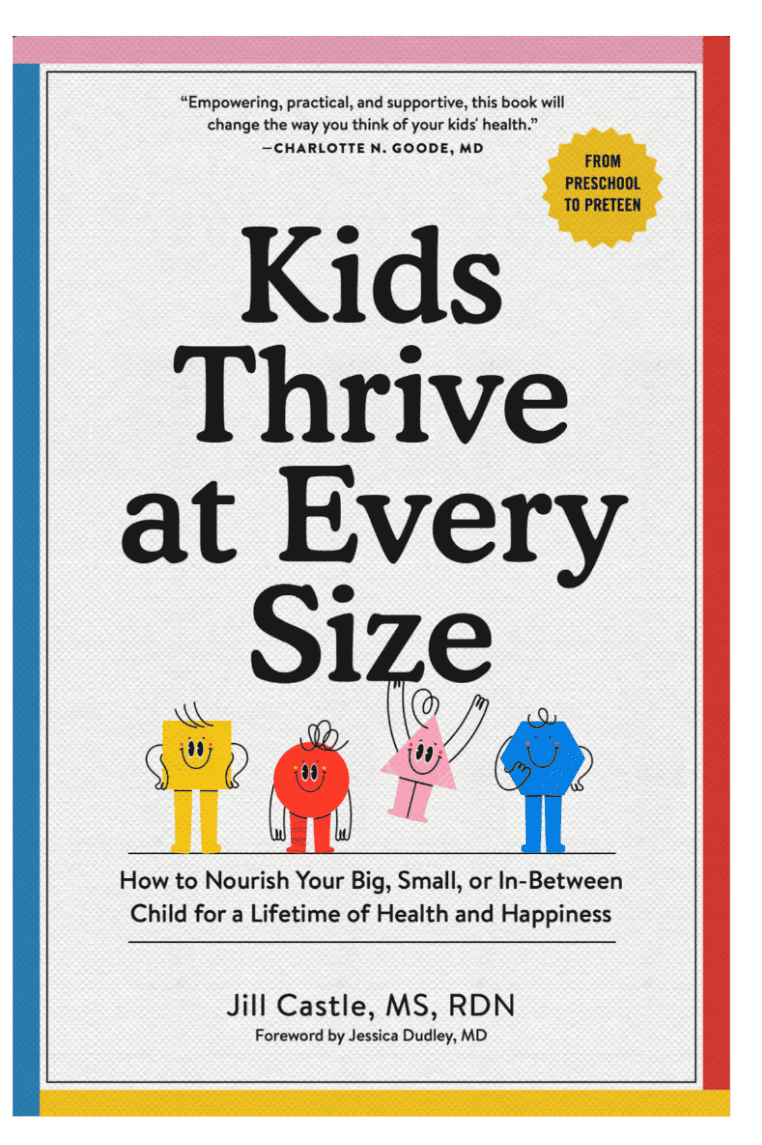The Best Vegetables for Kids (Even Picky Eaters!)
April 2, 2021
Did you know there are different vegetables and each type has a unique role in your child’s diet? Learn about vegetables for kids and how you can make sure your child gets all their benefits.
Most parents I know want their children to eat more vegetables. They often ask me, “What’s the best way to get my kid to eat their veggies?” or “What are some kid-friendly vegetables I can give my child?”
Before I dive into vegetables for kids and all the nutrients they provide, let me set the stage with a few facts:
- U.S. children are NOT consuming enough vegetables. Period.
- Children should eat 5 servings of fruits and vegetables each day. This means about 2 1/2 to 3 servings of vegetables and 2 to 2 1/2 servings of fruit each day.
- Vegetables are bitter and “liking” them is a learned process which takes time.
- The health benefits of vegetables are numerous! The fiber content helps with constipation, satiety, and prevents cardiovascular disease by lowering triglycerides and cholesterol. Micronutrients are rich in veggies. These essential nutrients are key to a healthy immune system, brain function, and the prevention of cancer.
5 Types of Vegetables
You’ve probably heard the phrase “eat the rainbow”. There are 5 subgroups of vegetables which are grouped based on their nutrient content. They are:
- leafy greens
- starchy vegetables
- beans and legumes
- red and orange veggies
- “other” vegetables
Why are some types grouped by color? Vegetables get their rich colors and flavor from phytonutrients. These are compounds in vegetables that protect the plants from the sun and disease. Phytonutrients also protect humans from disease.
Your child needs all five types of vegetables to get the variety of nutrients they need to grow and develop.

How Many Vegetables Do Kids Need?
According to USDA’s MyPlate, children 2-18 years old need about 2-4 cups of vegetables a day, depending on their age, activity, gender and weight.
These are general recommendations for all vegetables. There are no guidelines for how much of each of the different forms of vegetables your child should be getting.
As long as you offer plenty of vegetables and a lot of different vegetables, you will create a balanced meal and your child won’t miss out on important nutrients.
Which Nutrients Do Vegetables Contain?
Vegetables are loaded with nutrients that protect the immune system and support growing children. They are healthy overall no matter how old you are!
Here are the nutrients you’ll find in vegetables and why your growing child needs them.
Fiber
Fiber keeps the gastrointestinal system running smoothly, and some fibers are food for the good bacteria in the stomach. Frozen and fresh produce are especially high in fiber.
Folate
Folate is important for cell division and growth.
Potassium
Potassium helps protect growing bones and keeps bones strong by preventing calcium loss.
Vitamin A
Vitamin A is one of the fat-soluble vitamins and is important for eyesight and healthy hair and nails.
Vitamin C
This vitamin acts like an antioxidant that helps immune systems stay strong. Vitamin C also helps the body absorb iron – an important nutrient kids need for healthy growth and development.
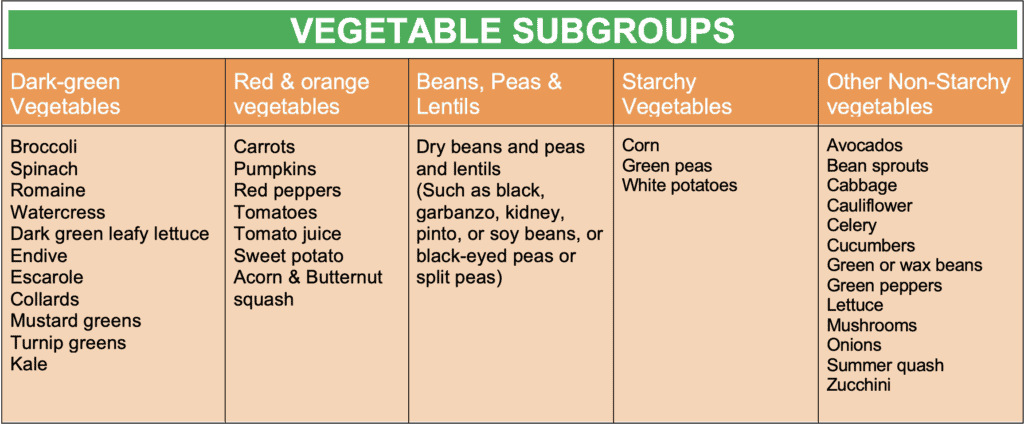
Examples of Vegetables to Eat Each Week
Ideally, provide a few vegetables from each of the following sub-types throughout the week to make sure your child gets a variety of vitamins and phytonutrients.
1. Dark-Green Vegetables
These nutrient-packed vegetables contain vitamin A and C, folate, fiber, potassium, magnesium, and calcium. Kids have strong taste buds. The bitter flavor and leafy texture of some of these green vegetables can be unappealing to young children. Start with small portions and make sure to add spices, a little butter, or a cheese sauce to mask the bitter flavor.
Examples: Broccoli, romaine lettuce, kale, spinach, green beans
2. Red and Orange Vegetables
These colorful vegetables are known for their vitamin A, potassium, and fiber content. The bright colors and sweet flavor of this group are usually more appealing to young kids.
Examples: Carrots, pumpkins, red peppers, cherry tomatoes, sweet potatoes, acorn and butternut squash
[Watch 5 Types of Vegetables for Kids on YouTube!]
3. Beans, Peas, and Lentils
Beans and lentils are some of the best vegetables for an excellent source of plant protein, fiber, minerals, and folate.
Coming up with bean meals for kids is probably the biggest challenge.
Peas are an easy finger food for tots to feed themselves. Offer these at meals or snack time. For variety, make a plate of baby bean bites.
Bean chili and lentil soup are easy family meals. Canned tomatoes and corn give these dishes more flavor and the bonus nutrients from two other vegetable groups (red and orange and starchy)!
4. Starchy Vegetables
Starchy vegetables have a mild and sometimes sweet taste and creamy texture, making this type of vegetable the most popular with kids. They’re a source of carbohydrates and fiber. Sometimes starchy vegetables get a bad name for being higher in calories than other vegetables. There’s no such thing as a bad vegetable! Starchy vegetables may be higher in carbohydrates, but kids’ growing bodies and brain need a lot of energy..
Tired of baked potatoes? Try my kid-friendly potato leek soup recipe found in my Dinner for Young Athletes e-guide.
5. Other Vegetables
The vegetables that don’t belong in the other categories are combined into this group. Their nutrient content is variable.
Avocados contain some fiber and fat, and cucumber slices have a high water content. They’re very different vegetables. Variety is the key to getting all the nutrients this group offers.
Examples: avocados, green bell peppers, onions, mushrooms, lettuce, zucchini, cucumbers
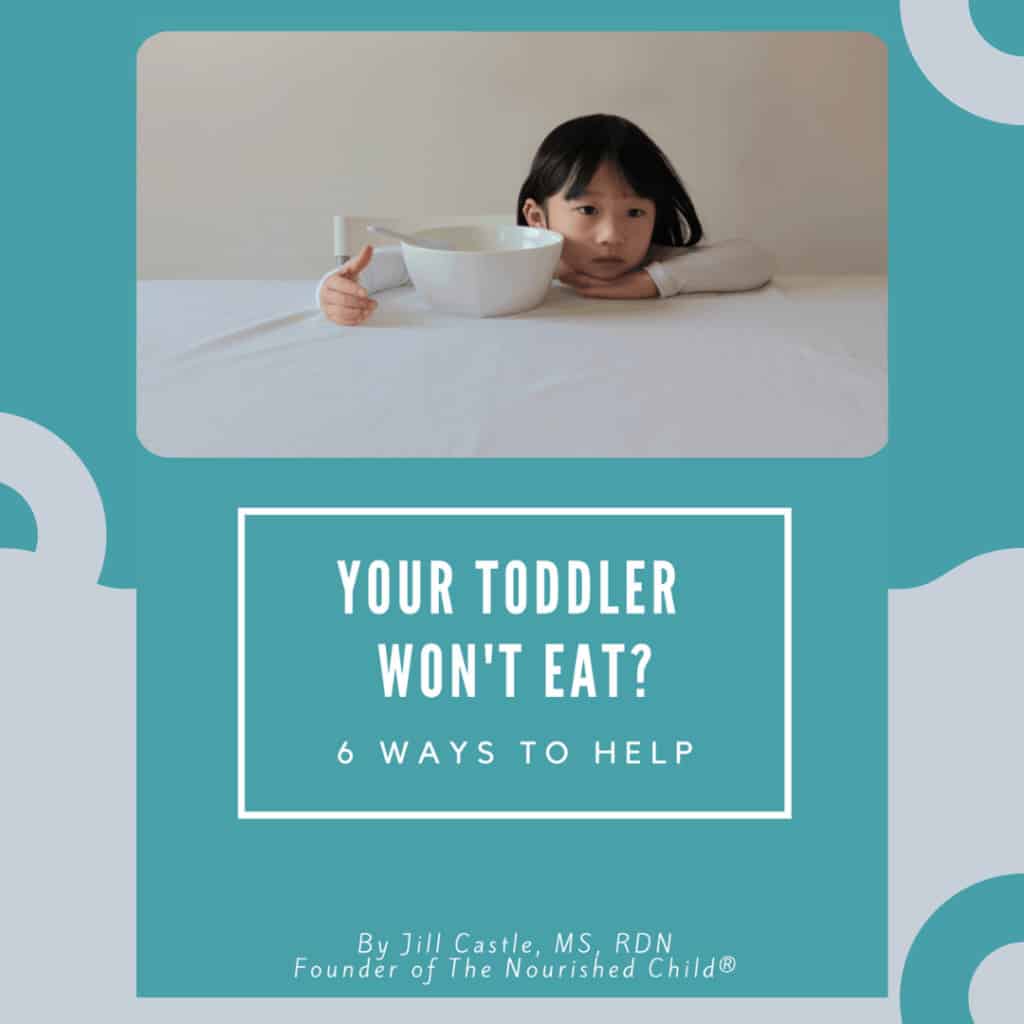
Get your guide to help your toddler eat:
How to Get Picky Eaters to Eat Vegetables
Getting kids to eat vegetables can be challenging, but forcing kids to eat their vegetables is not the solution. Kids don’t have to eat every single vegetable to be healthy. Aim for variety and keep introducing new foods from all five subgroups. Here are some things to keep in mind as you introduce new vegetables for the pickier child.
Manage Your Expectations
The bitter taste of leafy greens might be too intense for a young child. Start with a mild green like spinach or romaine lettuce. Once the taste buds are used to this flavor, work up to the more challenging vegetables like Brussels sprouts and swiss chard.
Change Up the Preparation
Vegetables for dinner don’t have to mean a plain, boiled side dish. Vary how you cook the same vegetable. For instance, grill corn, offer it sauteed in a pan, boiled on the cob, or shucked and tossed in a salad. Roasting veggies keeps a little of the crunch while adding some sweetness.
Don’t Be Afraid of Toppings, Dips and Sauces
Healthy eating isn’t an all-or-nothing choice between steamed broccoli and french fries. It’s okay to add melted cheese to broccoli or extra olive oil to roasted or grilled vegetables. If your child won’t eat unless he puts ketchup or another topping on his food, that’s fine.
You don’t have to stay in a dinner rut with the same vegetable dishes. Re-imagine vegetables for kids. Experiment with grilling, roasting and steaming and topping with grated cheese or olive oil. Or make one-pot meals with the vegetables mixed in like a chili or soup.
(If you’re gravitating to more plant-based eating, you’ll want to read about the Mediterranean Diet for Kids.)
The goal is a colorful mix of vegetables so your child doesn’t miss out on all the important vitamins and other nutrients found in all vegetables.

Got a picky eater who won’t eat veggies? Download our cheat sheet for help!
More Resources

Jill Castle, MS, RD
I like empowering parents to help their children and teens thrive at every size with realistic advice centered on healthful habits around food, feeding, nutrition and health behaviors. As a pediatric dietitian and author, my goal is to share strategies and realistic advice to help you raise a healthy and happy child through my articles and podcast.
